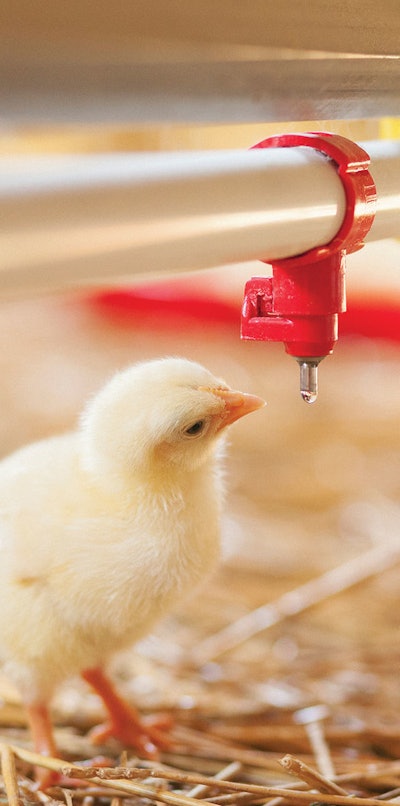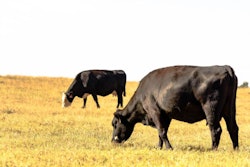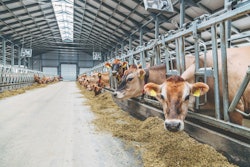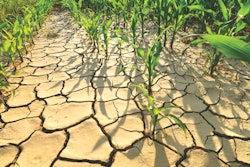
Farm management, feeding strategies can improve animal health, production during hot weather
Preventing heat stress is key to animal health, but there are several things farm managers can do to reduce heat stress too.
“Heat stress is particularly affecting farm animals because farm animals are not capable to overcome the excessive heat generation and excessive heat load on themselves,” said Soheil Varasteh, global product manager nutritional solutions at Trouw Nutrition, during the webinar, “Heat stress: How to support your animals with feed additives.”
He said there are several reasons why poultry and livestock are affected by heat: They have inefficient sweat glands; they have high metabolic activity, which leads to greater internal heat generation; and they live in dense populations.
During heat stress conditions, animals may pant, have lower feed intake, lower average daily gain, higher feed conversion ratios, lower egg production, reduced egg shell quality and lower milk production.
“It is very wise to consider heat stress as a syndrome, not as an illness only having one or two features,” Varasteh said.
Heat stress starts at the molecular level, he said, with free radical generation, damage to cells and organelles, intestinal barrier damage and penetration of pathogens and bacteria, microbiota imbalance and immune challenges, and electrolyte imbalance.
External factors, including vaccination, transportation, fast growth, weather change and diet modifications all cause some oxidative stress.
“If you add that to heat stress, which is a sudden stimulant of free radical generation, the tolerance of the animals will be limited to cope with this,” Varasteh said.
That’s why he said prevention of heat stress is key. Heat stress can be prevented by reducing heat production, increasing removal of produced heat, increasing dietary nutrient levels, reducing stress hormone concentration, maintaining cell function and reducing oxidation reactions.
Almost 40% of heat stress can be eliminated with good farm management, he said. This can be done by increasing air movement, lowering stocking density, lowering the temperature of drinking water and feeding during low temperatures.
“Getting rid of the heat load on the farm is one of the important, but costly, approaches,” he said.
Feeding strategies can reduce heat stress by improving antioxidant balance, preserving intestinal integrity, balancing osmolytes and electrolytes, and increasing water intake.











